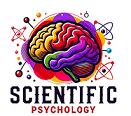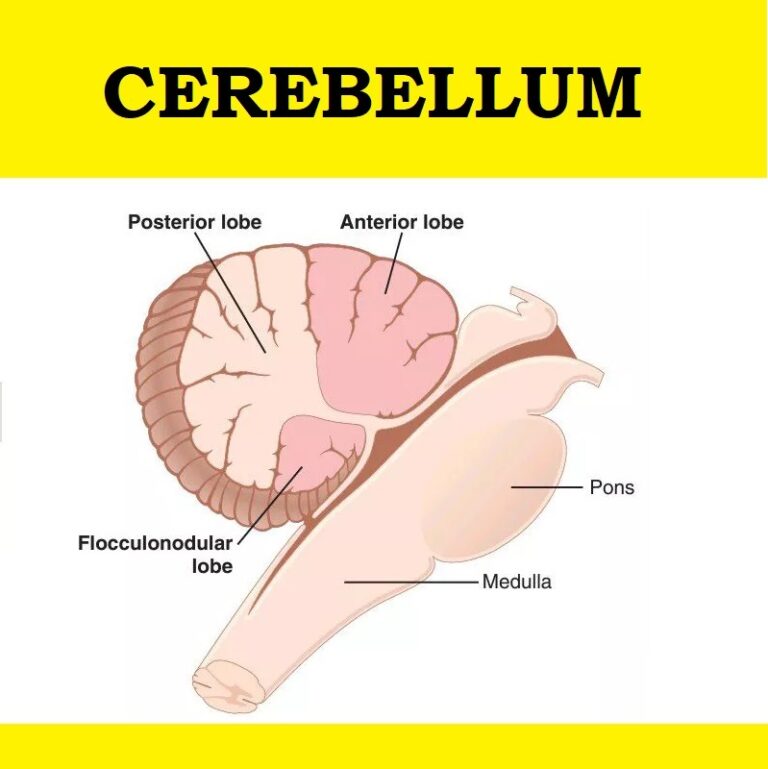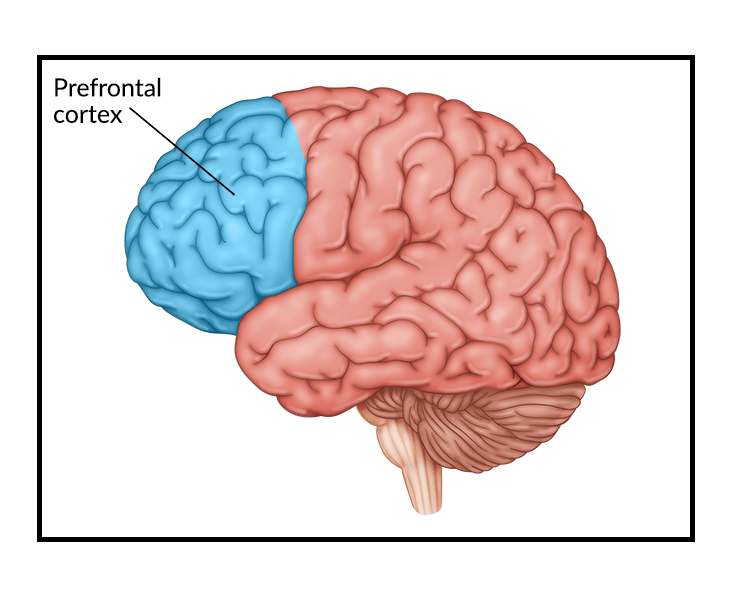
Neurotransmitters are chemical messengers in the nervous system that enable communication between neurons and other target cells. They are essential for regulating a wide array of physiological and psychological functions, including mood, cognition, behavior, and motor control. Understanding neurotransmitters and their mechanisms provides insight into brain function, mental health, and therapeutic interventions.
1. Definition and Importance of Neurotransmitters
Neurotransmitters are endogenous chemicals released at synapses to transmit signals across the synaptic cleft from a presynaptic neuron to a postsynaptic neuron, muscle cell, or gland. They are vital in processes such as memory, emotion, decision-making, and autonomic nervous system regulation.
| Feature | Description |
|---|---|
| Chemical Nature | Small molecules (e.g., acetylcholine), amino acids (e.g., glutamate), or neuropeptides (e.g., endorphins). |
| Target | Receptors on postsynaptic membranes or autoreceptors on the presynaptic cell. |
| Mode of Action | Can excite, inhibit, or modulate neural activity. |
2. Categories of Neurotransmitters
Neurotransmitters are broadly categorized based on their chemical structure and function:
| Category | Examples | Primary Functions |
|---|---|---|
| Amino Acids | Glutamate, GABA, Glycine | Glutamate is excitatory; GABA and glycine are inhibitory. |
| Monoamines | Dopamine, Serotonin, Norepinephrine | Mood regulation, reward, arousal, and motor control. |
| Peptides | Endorphins, Substance P | Pain modulation, stress response, and emotional regulation. |
| Others | Acetylcholine, Adenosine | Acetylcholine: muscle activation and learning. Adenosine: sleep regulation. |
3. Mechanism of Action
The process of neurotransmission involves several key steps:
Key Stages of Neurotransmission
| Stage | Process | Examples |
|---|---|---|
| 1. Synthesis | Neurotransmitters are synthesized in the neuron from precursors. | Glutamate synthesized from glutamine. |
| 2. Storage | Stored in vesicles at the presynaptic terminal. | Dopamine stored in synaptic vesicles. |
| 3. Release | Released into the synaptic cleft upon an action potential and calcium influx. | Acetylcholine release at neuromuscular junctions. |
| 4. Binding | Bind to specific receptors on the postsynaptic membrane, triggering a response. | Serotonin binding to 5-HT receptors. |
| 5. Termination | Removed by reuptake, enzymatic degradation, or diffusion. | Acetylcholine degraded by acetylcholinesterase. |
4. Neurotransmitters and Their Functions
| Neurotransmitter | Type | Functions | Associated Disorders |
|---|---|---|---|
| Acetylcholine | Excitatory | Muscle activation, learning, memory. | Alzheimer’s disease (low levels). |
| Dopamine | Excitatory/Inhibitory | Reward, mood regulation, motor control. | Parkinson’s disease (low), schizophrenia (high). |
| Serotonin | Inhibitory | Mood, appetite, sleep, and emotional regulation. | Depression (low levels), anxiety disorders. |
| GABA | Inhibitory | Reduces neuronal excitability, anxiety regulation. | Epilepsy, anxiety (low levels). |
| Glutamate | Excitatory | Learning, memory, synaptic plasticity. | Neurotoxicity in stroke or trauma. |
| Endorphins | Peptide | Pain relief, stress response, emotional regulation. | Reduced in chronic pain or depression. |
5. Practical Examples and Scenarios
Example 1: Dopamine and Reward System
- Scenario: In gambling, dopamine is released in response to rewards or near-wins, reinforcing behavior.
- Impact: Overactivity in dopamine pathways is linked to compulsive behaviors like gambling addiction.
Example 2: Serotonin and Mood Disorders
- Scenario: In depression, serotonin levels are reduced in key brain areas like the prefrontal cortex.
- Treatment: SSRIs (Selective Serotonin Reuptake Inhibitors) increase serotonin availability by preventing reuptake.
Example 3: Glutamate in Learning
- Scenario: During studying, glutamate activity increases in the hippocampus, facilitating long-term potentiation (LTP), critical for memory formation.
6. Disorders Associated with Neurotransmitters
| Disorder | Neurotransmitter Imbalance | Symptoms | Treatment Approaches |
|---|---|---|---|
| Parkinson’s | Dopamine deficiency | Tremors, bradykinesia, rigidity. | L-Dopa, dopamine agonists. |
| Depression | Low serotonin, norepinephrine | Persistent sadness, anhedonia. | SSRIs, SNRIs. |
| Schizophrenia | Excess dopamine in certain pathways | Hallucinations, delusions, cognitive deficits. | Dopamine receptor antagonists (antipsychotics). |
| Epilepsy | Reduced GABA activity | Seizures, neuronal hyperexcitability. | GABAergic drugs like benzodiazepines. |
7. Research Insights
- Neurotransmitters and Plasticity:
- Research shows that glutamate-mediated synaptic plasticity is the cellular basis for learning and memory. (Bliss & Collingridge, 1993).
- Dopamine and Addiction:
- A study by Volkow et al. (2010) demonstrated the role of dopamine in reinforcing drug addiction, highlighting the neurochemical underpinnings of substance use disorders.
- GABA and Anxiety Disorders:
- Low GABA levels are associated with generalized anxiety disorder, and GABA agonists like benzodiazepines provide symptomatic relief (Rudolph et al., 2001).
- Serotonin and Depression:
- Studies indicate that increased serotonin levels via SSRIs alleviate depressive symptoms, supporting the monoamine hypothesis of depression (Kuhn, 1958).
8. Future Directions
- Personalized Medicine: Advances in pharmacogenomics could enable targeted therapies for neurotransmitter imbalances based on individual genetic profiles.
- Neurotransmitter Modulation: Novel therapies like optogenetics and brain-computer interfaces may provide non-invasive ways to regulate neurotransmitter activity.
- Artificial Intelligence in Neuroscience: AI models are increasingly used to map neurotransmitter pathways, accelerating the development of therapeutic interventions.
9. Conclusion
Neurotransmitters are the chemical foundation of neural communication, shaping human behavior, cognition, and emotion. Understanding their mechanisms has revolutionized treatments for neurological and psychiatric disorders. Ongoing research continues to unravel their complexities, offering hope for innovative therapies and improved mental health outcomes.
References
- Bliss, T.V., & Collingridge, G.L. (1993). A synaptic model of memory: Long-term potentiation in the hippocampus. Nature, 361(6407), 31–39.
- Volkow, N.D., Fowler, J.S., Wang, G.J., & Swanson, J.M. (2010). Dopamine in drug abuse and addiction: Results of imaging studies and treatment implications. Archives of Neurology, 57(3), 364–370.
- Rudolph, U., & Möhler, H. (2001). GABA-based therapeutic approaches: GABAA receptor subtype functions. Current Opinion in Pharmacology, 1(1), 18–23.
- Kuhn, R. (1958). The treatment of depressive states with G22355 (imipramine hydrochloride). The American Journal of Psychiatry, 115(5), 459–464.




